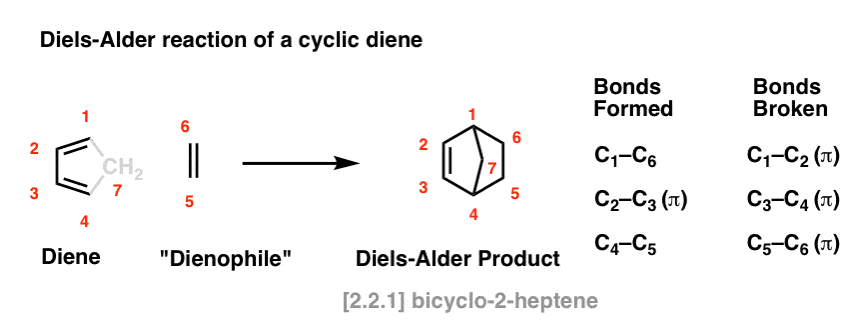

In recent years, the chemistry of multiple bond compounds is quite interesting. Hetero-Diels-Alder reactions are the most powerful available methodologies for the construction of six membered heterocyclic derivatives which have wide applications in the area of medicinal, computational and synthesis. Keywords: Enaminothione, DFT, B3LYP-6-31G*, global and local reactivity descriptors These outcomes were found to be in exact correlation with the experimental outcomes achieved by Bogdanowicz et al. Regional nucleophilicity at the interacting site of diene were evaluated using local nucleophilicity descriptor N k. However, unsymmetrical dienophiles 16,18a-e and 21 have shown a preference towards a particular regioisomer and shown high regioselectivity during cycloaddition reaction. For symmetrical dienophiles viz., 2, 5, 8, 11a, 11b, 13 and 14 the local descriptors concentrates equally (50%) at both interacting sites, to allocate non-regioselective cycloadditions. The local descriptors based on Parr functions proposed by Domingo were found to be quite promising to explain the regioselectivity of cycloaddition processes. The results preluded that the polarity and charge transfer flow between diene and dienophiles was consistent with the global reactivity descriptors and substitutional pattern.

REACTIVITY OF DIENOPHILES SERIES
* e-mail: mechanism of the Diels-Alder reaction of 1-(2-furyl)-3-(dimethylamino)-2-propene-1-thione with various dienophiles resulting in the formation of 2H-thiopyran derivatives were discussed by evaluating global and local electrophilicity and nucleophilicity descriptors for whole series of diene and dienophiles at B3LYP/6-31G* level of theory. VINITA SAHU, *,† PRATIBHA SHARMA, ‡ ASHOK KUMAR ‡ĭepartment of Chemistry, Alliance College of Engineering and Design, Alliance University, Bangalore, Karnataka, India IMPACT OF GLOBAL AND LOCAL REACTIVITY DESCRIPTORS ON THE HETERO-DIELS-ALDER REACTION OF ENAMINOTHIONE WITH VARIOUS ELECTROPHILES


 0 kommentar(er)
0 kommentar(er)
